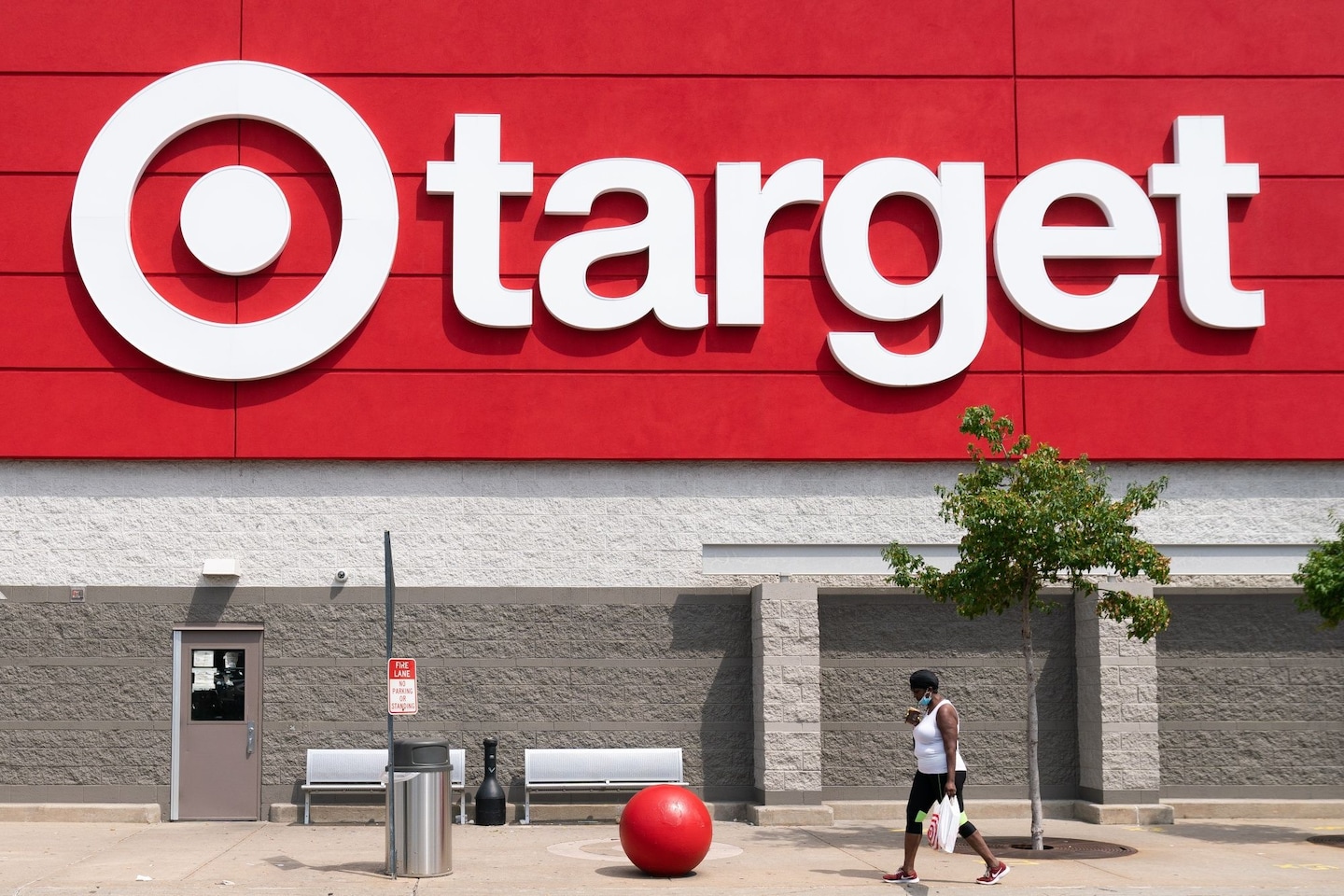Target’s breakout quarter underscores big-box retailers’ growing footprint

All four retailers also reported major spikes in year-over-year sales. Lowe’s led the way with a 30 percent increase in revenue, followed by Target (where sales grew 25 percent), Home Depot (23 percent) and Walmart (6 percent).
“There is less panic-buying as we’ve settled into a new normal, but people are spending more on the big-ticket items,” said Deborah Weinswig, chief executive of Coresight Research. “There’s been a realization this isn’t just a temporary situation anymore.”
But the gains have hardly been universal. Kohl’s, the midpriced department store chain, for example, posted a 23 percent drop in sales and 80 percent decline in profits this week.
“Kohl’s poor results, which stand in contrast to those of Home Depot and Walmart, underscore the discriminatory and uneven impact of the pandemic on retail,” said Neil Saunders, managing director of GlobalData Retail. “The recovery for some retailers will be prolonged and protracted.”
Analysts say the latest round of earnings also underscores the nation’s growing income inequality. Millions are out of work and relying on unemployment benefits and stimulus checks for groceries, while the well-off are working from home, splurging on swimming pools, new TVs and other leisure items.
Even when shoppers do spend on clothing, they’re increasingly buying at the two ends of the spectrum: trading down to lower-priced apparel at chains such as Walmart, Target and TJ Maxx or spending at higher-end boutiques and luxury stores, leaving midrange retailers in the lurch.
At Target, executives on Wednesday said a rebound in clothing, coupled with increased demand for items such as video games, kitchenware and home decor helped boost sales growth to record levels. The company also reported a 200 percent spike in online sales and a 700 percent surge in curbside pickup.
At Walmart, executives said federal stimulus checks helped boost spending during the most recent quarter, as consumers spent more on entertainment, home goods and lawn-care products.
Analysts attributed Target’s stunning results to its range of merchandise — including groceries and highly regarded private-label brands of clothing and home furnishings — as well as recent investments in its e-commerce business. More than 90 percent of its online orders during the second quarter were fulfilled directly from its 1,880 stores.
“Target’s performance obliterated the bullseye, with every line item vastly exceeding our expectations,” Charlie O’Shea, a retail analyst at Moody’s, wrote in a note to clients.
Executives said a shift in spending habits helped power much of the company’s second-quarter growth. Sales of electronics grew 70 percent from the previous quarter. Other categories with brisk growth included home furnishings (up 30 percent from the first quarter), beauty products (up 20 percent) and clothing and shoes (up more than 10 percent).
“For many, Target has been a destination of choice and, in some ways, has become what the traditional department stores once were: an engaging destination where people can browse, be inspired and buy across a whole range of different products,” Saunders said.
Quarterly sales grew $22.7 billion, from $18.2 billion a year earlier. Profits, meanwhile, hit $1.69 billion, or $3.38 per share, compared with $938 million, or $1.83 per share, a year earlier.






